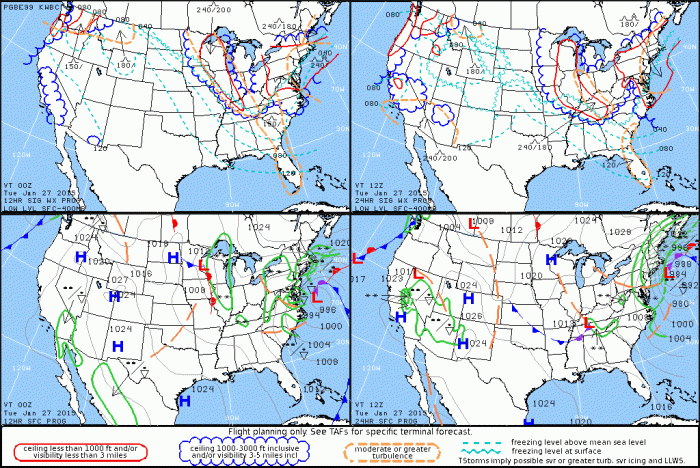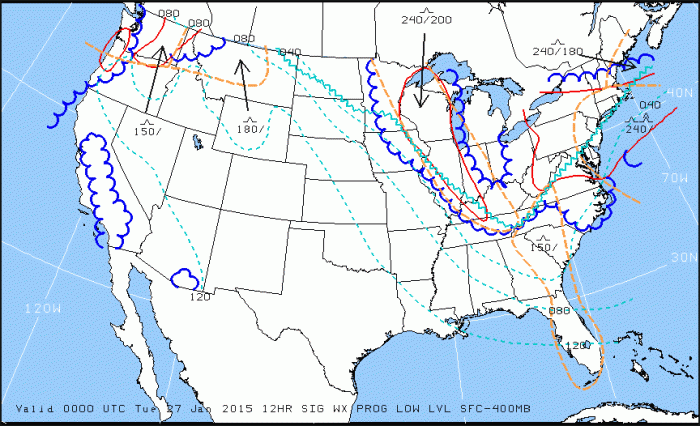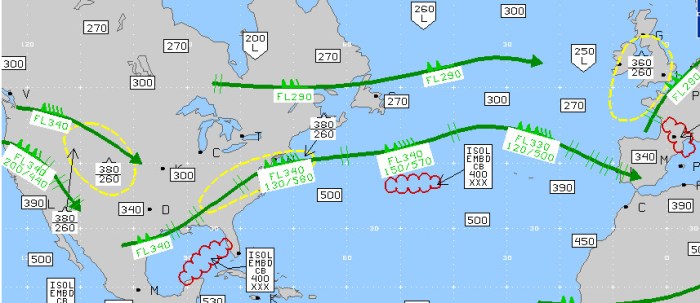The high level prog chart legend is your key to unlocking the secrets of program charts. It’s like a Rosetta Stone for understanding the structure and flow of complex programs. With its help, you can decipher the symbols and abbreviations that would otherwise be a mystery, revealing the inner workings of your software.
In this guide, we’ll delve into the elements of a high-level program chart legend, explore the steps involved in creating one, and provide tips for using it effectively. We’ll also showcase examples of well-crafted legends and discuss best practices to ensure yours is clear, concise, and informative.
Introduction

A high-level program chart legend is a critical component of any program chart, as it provides a clear and concise explanation of the symbols and conventions used in the chart. This makes it easier for users to understand the chart and to interpret the data it contains.Without
a legend, a program chart can be difficult to decipher, as the symbols and conventions used may not be familiar to the user. This can lead to confusion and errors in interpreting the data. A well-designed legend will help to avoid these problems by providing a clear and concise explanation of the symbols and conventions used.
Importance of Using a Legend to Interpret a Program Chart
A legend is essential for interpreting a program chart because it provides a key to the symbols and conventions used in the chart. Without a legend, it would be difficult to understand what the symbols represent and how they are used.For
example, a program chart might use different symbols to represent different types of tasks, such as tasks that are completed, tasks that are in progress, and tasks that have not yet been started. A legend would explain what each of these symbols means, making it easier to understand the status of the tasks in the chart.
Elements of a High-Level Program Chart Legend
A high-level program chart legend serves as a guide to the symbols, colors, and annotations used in the chart. It provides clarity and facilitates understanding of the program’s structure and flow.
Common elements included in a high-level program chart legend are:
Symbols
- Process Symbols:Represent specific actions or tasks performed by the program.
- Decision Symbols:Indicate points where the program flow branches based on certain conditions.
- Connector Symbols:Connect different parts of the chart, indicating the sequence of execution.
- Terminator Symbols:Mark the start and end points of the program.
Colors
Colors are often used to differentiate between different types of symbols or to highlight specific aspects of the chart.
Annotations
Annotations provide additional information about symbols or processes, such as descriptions, notes, or references to other documents.
Creating a High-Level Program Chart Legend

Creating a high-level program chart legend is an essential step in ensuring that your program charts are clear, concise, and easy to understand. A well-crafted legend will help users quickly identify the symbols and abbreviations used in your charts, making it easier for them to interpret the data and draw meaningful conclusions.
To create a high-level program chart legend, follow these steps:
- Identify the symbols and abbreviations used in your charts.Make a list of all the symbols and abbreviations that you use in your charts, along with their corresponding meanings.
- Create a legend table.Create a table with two columns: one column for the symbols and abbreviations, and one column for their meanings. You can use a simple text editor or a spreadsheet program to create your legend table.
- Order the symbols and abbreviations logically.Order the symbols and abbreviations in your legend table in a logical order, such as alphabetically or by category. This will make it easier for users to find the information they need.
- Use clear and concise language.Use clear and concise language in your legend table. Avoid using jargon or technical terms that users may not be familiar with.
- Provide examples.If possible, provide examples of how the symbols and abbreviations are used in your charts. This will help users understand how to interpret the data.
By following these steps, you can create a high-level program chart legend that is clear, concise, and easy to understand. This will help users quickly identify the symbols and abbreviations used in your charts, making it easier for them to interpret the data and draw meaningful conclusions.
Using a High-Level Program Chart Legend
To interpret a high-level program chart effectively, the legend plays a crucial role. It provides a clear explanation of the symbols, colors, and shapes used within the chart, allowing users to decipher the structure and flow of the program.
For instance, a legend may indicate that a specific color represents a particular type of process, such as data input, processing, or output. Similarly, a particular shape may denote a specific type of decision point, such as a branching or merging point.
By referring to the legend, users can quickly identify and understand these elements within the chart.
Identifying Program Structure and Flow
The legend is essential for understanding the overall structure and flow of the program. It can reveal the sequence of events, decision points, and the relationships between different parts of the program. By examining the legend, users can determine the starting and ending points of the program, as well as the paths that data or control flow may take.
For example, a legend may include symbols representing loops or iterations. By identifying these symbols, users can understand the repetitive nature of certain processes within the program. Additionally, the legend can provide information about the conditions that trigger decisions or branching points, allowing users to follow the different paths that the program may take.
Best Practices for High-Level Program Chart Legends

Creating an effective and useful high-level program chart legend is essential for ensuring that the legend is easy to understand and use. Here are some best practices to consider when creating and using high-level program chart legends:
Use Consistent Terminology
Maintain consistency in the terminology used throughout the legend. Avoid using ambiguous or technical terms that may not be familiar to all users. Use clear and concise language that is easy to understand.
Organize the Legend Logically
Organize the legend in a logical and intuitive way. Group similar symbols or colors together and use a hierarchical structure to make it easy for users to find the information they need quickly.
Use Visual Cues
Incorporate visual cues such as shapes, colors, or icons to help users differentiate between different elements of the legend. This makes it easier to identify and remember the meaning of each symbol.
Understanding high level prog chart legend is like having a roadmap for your project’s progress. Just like the superior view of the foot shows you the bones and muscles from above, a high level prog chart legend gives you a clear overview of the project’s timeline, tasks, and dependencies.
Provide Clear Explanations
Provide clear and concise explanations for each symbol or color used in the legend. Avoid using jargon or technical terms that may not be familiar to all users. Use simple language that is easy to understand.
Test the Legend with Users
Test the legend with users to ensure that it is easy to understand and use. Ask users to provide feedback on the clarity and usefulness of the legend. Make adjustments based on their feedback to improve the effectiveness of the legend.
Examples of High-Level Program Chart Legends

Examples of high-level program chart legends from various sources can help you understand their effectiveness and learn from their strengths and weaknesses.
When analyzing a legend, consider factors such as clarity, conciseness, and ease of use. An effective legend should quickly and accurately convey the meaning of the symbols and colors used in the chart.
Example 1, High level prog chart legend
Source:Software Development Life Cycle (SDLC) Process Chart
Symbols:
- Oval:Start or end of a process
- Rectangle:Activity or task
- Diamond:Decision point
- Arrow:Flow of the process
Colors:
- Green:Completed activities
- Yellow:In-progress activities
- Red:Overdue activities
Strengths:
- Clear and concise symbols and colors
- Easy to understand and use
- Provides a visual representation of the SDLC process
Weaknesses:
- May not be detailed enough for complex charts
- Colors may not be accessible to colorblind users
Conclusion

High-level program chart legends play a pivotal role in facilitating the effective communication and understanding of program charts. They provide a standardized reference point for interpreting the various symbols, shapes, and colors used in the chart, ensuring that all stakeholders have a clear and consistent understanding of the program’s structure and flow.
By using a legend, program charts become more accessible and interpretable, enabling users to quickly identify and comprehend the different elements of the program. This enhanced understanding fosters better collaboration, reduces errors, and promotes efficient decision-making.
FAQ Resource: High Level Prog Chart Legend
What is the purpose of a high level prog chart legend?
A high level prog chart legend provides a key to the symbols and abbreviations used in a program chart, making it easier to understand the structure and flow of the program.
What are the key elements of a high level prog chart legend?
Common elements include shapes (representing different types of program elements), lines (indicating the flow of the program), and text (providing labels and descriptions).
How do I create a high level prog chart legend?
Start by identifying the key elements in your program chart. Then, create a table or list that maps each element to a unique symbol or abbreviation. Make sure the legend is clear, concise, and easy to understand.